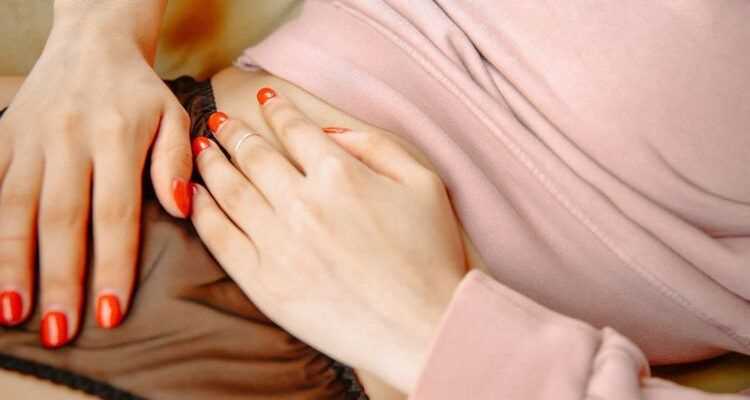Endometriosis is a chronic gynecological disease that affects almost 10% of women. It is characterized by the proliferation of fragments of the uterine lining, called the endometrium, or endometrial tissue, which develop outside the uterus. These lesions most often affect the pelvic region, at the level of the ovaries (endometriomas), the peritoneum (membrane which surrounds several organs: bladder, vagina, etc.), rectum or bladder. This common pathology occurs in women of childbearing age, sometimes from adolescence, and regresses at menopause.
To shed light on the different aspects of the lives of women suffering from this little-known disease, the EndoFrance association carried out a major survey in partnership with the Gédéon Ritcher laboratory. On this occasion, nearly 1,500 women suffering from endometriosis were interviewed. 100 of their spouses also testified. In parallel, the "general public", 1,004 French people not affected by endometriosis aged 18 and over, also responded. "This is the first survey of this magnitude, dealing with both the general public's knowledge of endometriosis, but above all the care, quality of life and patient journey. This gives us a fairly clear picture of the situation in 2020 ", explains in a press release the president of EndoFrance Yasmine Candau.
The most common symptoms of endometriosis
According to a survey released on June 17, women with endometriosis report having four symptoms on average. And patients with digestive endometriosis (when the disease affects the digestive organs) face about five signs. The average age of onset of these multiple manifestations is generally 24 years.
Among the first symptoms most experienced, there are very painful periods, pain in the pelvis, navel and lower abdomen, chronic fatigue, digestive disorders and pain experienced during intercourse. But some women also suffer from lower back or lower limb pain, abnormal bleeding and urinary problems. Another sign: infertility. In fact, 34% of patients encounter difficulties in having a child.
Endometriosis: what are the most used treatments?
According to the survey results, 66% of women affected by endometriosis are currently taking treatment. 45% of them are hormone therapy. Painkillers are the first treatment used by patients to relieve pain. Anti-inflammatory drugs, the progestin-only pill, antispasmodics and the hormonal IUD complete this list. Patients' perception of the effectiveness of these treatments is mixed, especially among those who suffer from severe pain. The women interviewed stated that they had changed their treatment approximately 3 times because of the adverse effects and the lack of efficacy.
66% of patients also claim to have been operated on at least once, including 75% by laparoscopy, a surgical technique that allows exploration and access to the abdominal cavity. Women who have had an operation are those with deep endometriosis or were diagnosed more than 10 years ago.
Endometriosis: a little studied and still poorly understood disease
Although we are talking more and more about it, endometriosis is still poorly understood. As proof: the results of the survey reveal that the French generally ignore pathology. A lack of information which concerns more particularly the treatments, the number of people concerned and the risk factors. In fact, 83% of the general public has already heard of endometriosis and 50% considers that they can see very clearly what it is about.
The study makes one final observation: endometriosis is not sufficiently studied. This is why the diagnosis between the appearance of the first symptoms and its confirmation takes an average of seven years.
Read also :
⋙ Endometriosis: tall and thin women more at risk?
⋙ Endometriosis: all you need to know about this chronic gynecological disease
⋙ Endometriosis: 3 exercises to practice daily if your sexual intercourse is painful
